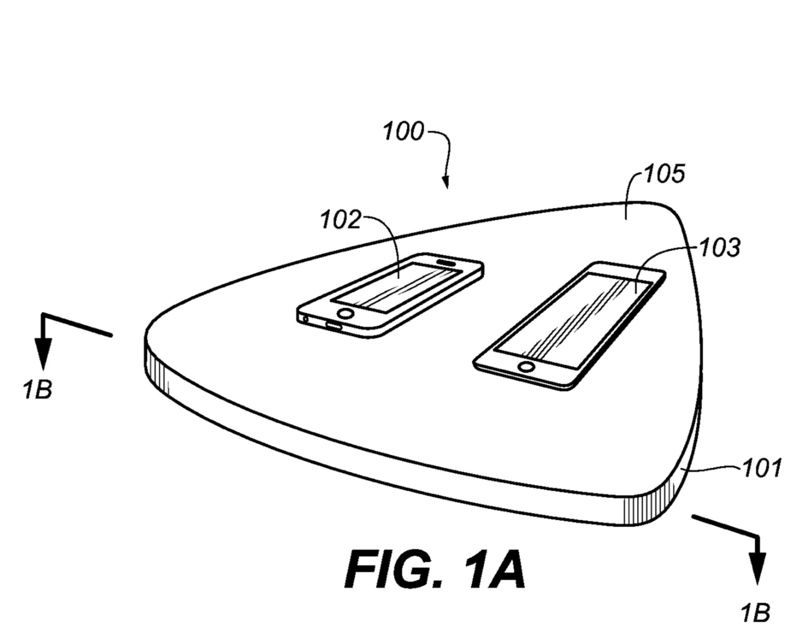Future iPhones and iPads may have screens that can dynamically change their shape. Apple has been granted a patent (number 9,600,070) for an “user interface having changeable topography.”

According to the patent, an iOS device would have a flexible display with a portion that would raise or lower depending on user interaction. Portions, or nodes, on the display could raise to offer the tactile feel of buttons, keys, even a scroll wheel.
Here’s Apple’s summary of the invention: “The user interface can have a shape changeable surface that can selectively alter according to an input so as to provide changeable topography of the user interface. The surface can include individual nodes that can raise above or lower below the initial surface.
“Alternatively, the surface can include a shape changeable material that can change the shape of portions thereof into discrete shapes above or below the initial surface. Alternatively, the surface can include a deformable material that can deform portions thereof into discrete forms above or below the initial surface. The changeable topography can define different user interface layouts. The user interface can, for example, be associated with input and/or output devices, such as touch pads, touch screens, and the like.”
Apple has also been granted a patent (number 9,601,933) for “tessellated inductive power transmission system coil configurations” that hints at wirelesss charging for iOS and watchOS devices. Per the invention, inductive charging devices, such as a charging pad or dock, may include an inductive power transmission system coil used to transmit power to an electronic device proximate to the inductive charging device.

In cases where the inductive charging device has a single inductive power transmission system coil, the inductive charging device may only be able to transmit power to a single electronic device at a time. In order to transmit power to another electronic device, the electronic device currently proximate to the inductive charging device may have to be swapped out for the other device.
In some cases, inductive charging devices may have multiple inductive power transmission system coils. In such cases, the number of coils that can be included (and thus the number of different electronic devices to which a single inductive charging device may transmit power) may be limited by coil geometry, cross coupling and/or other interference between the coils, and/or other such considerations.
Finally, Apple has been granted a patent (number ) for “earbuds with biometric sensing” that hints at future AirPods with more fitness/sports features. Apple says that biometric sensors often need to be in close or even direct contact with the skin to properly measure and track biometric parameters along the lines of heart rate, VO.sub.2, and core temperature.

Requiring a user to place a sensor in direct contact with the skin to track these types of biometric data can be “overly burdensome, making adoption of the biometric tracking more difficult,” so “mechanisms for unobtrusively measuring biometric parameters are desirable,” the company says.
Per Apple’s invention, at least one of the biometric sensors in an earbud is configured to be pressed up against a portion of the tragus for making biometric measurements. In some embodiments, the housing of the earbud can be symmetric so that the earbud can be worn interchangeably in either a left or a right ear of a user. In such an embodiment, the earbud can include a sensor and circuitry configured to determine and alter operation of the earbud in accordance to which ear the earbud is determined to be positioned within.
Of course, Apple files for — and is granted — lots of patents by the U.S. Patent & Trademark Office. Many are for inventions that never see the light of day. However, you never can tell which ones will materialize in a real product.
